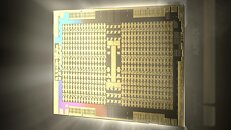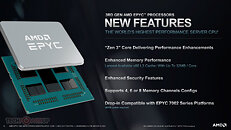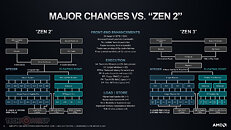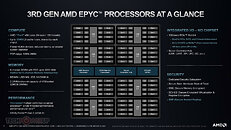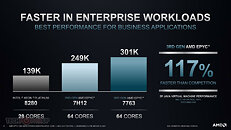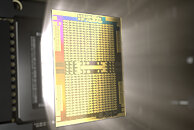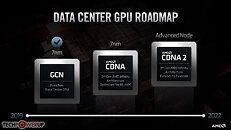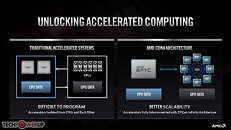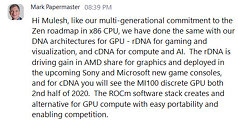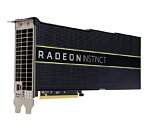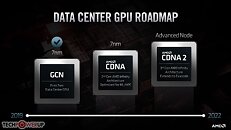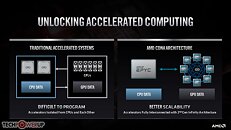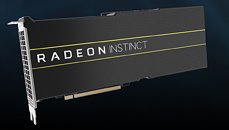Supermicro Breakthrough Universal GPU System - Supports All Major CPU, GPU, and Fabric Architectures
Super Micro Computer, Inc. (SMCI), a global leader in enterprise computing, storage, networking solutions, and green computing technology, has announced a revolutionary technology that simplifies large scale GPU deployments and is a future proof design that supports yet to be announced technologies. The Universal GPU server provides the ultimate flexibility in a resource-saving server.
The Universal GPU system architecture combines the latest technologies supporting multiple GPU form factors, CPU choices, storage, and networking options optimized together to deliver uniquely-configured and highly scalable systems. Systems can be optimized for each customer's specific Artificial Intelligence (AI), Machine Learning (ML), and High-Performance Computing (HPC) applications. Organizations worldwide are demanding new options for their next generation of computing environments, which have the thermal headroom for the next generation of CPUs and GPUs.
The Universal GPU system architecture combines the latest technologies supporting multiple GPU form factors, CPU choices, storage, and networking options optimized together to deliver uniquely-configured and highly scalable systems. Systems can be optimized for each customer's specific Artificial Intelligence (AI), Machine Learning (ML), and High-Performance Computing (HPC) applications. Organizations worldwide are demanding new options for their next generation of computing environments, which have the thermal headroom for the next generation of CPUs and GPUs.





